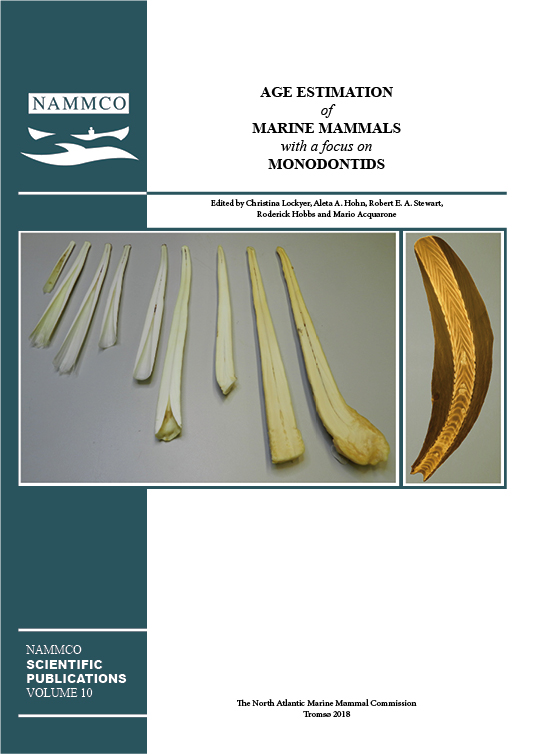Deposition of growth layer groups in dentine tissue of captive common dolphins Delphinus delphis
DOI:
https://doi.org/10.7557/3.3017Keywords:
common dolphins, Delphinus, age structure, growth layer groups, teeth, ageingAbstract
Knowledge of age structure and longevity (maximum age) are essential for modelling marine mammal population dynamics. Estimation of age in common dolphins (Delphinus spp.) is primarily based on counting Growth Layer Groups (GLGs) in the dentine of thin, decalcified and stained sections of teeth. An annual incremental deposition rate was validated for Delphinus spp. 30-years ago through the use of tetracycline. However, it is not known if the pulp cavity becomes occluded in older individuals or GLGs continue to be deposited in dentine tissue. To investigate the deposition of GLGs in dentine tissue, teeth samples were obtained during the necropsies of two short-beaked common dolphins (Delphinus delphis) that were held in captivity for 31 and 33 years in New Zealand. Individuals were captured together in Hawkes Bay, North Island, New Zealand and classified as juveniles based on physical appearance. Teeth were processed in two ageing laboratories, using four different bone decalcifiers, two sectioning techniques incorporating the use of both a freezing microtome (-20°C) and paraffin microtome, and two different stains. An age was estimated for one of the dolphins, in line with that proposed based on estimated age at capture and period in captivity. However, a hypomineralised area was observed in the dentine tissue close to the pulp cavity of the second individual, preventing estimation of maximum age. The presence and structure of this anomaly is explored further within the study.





